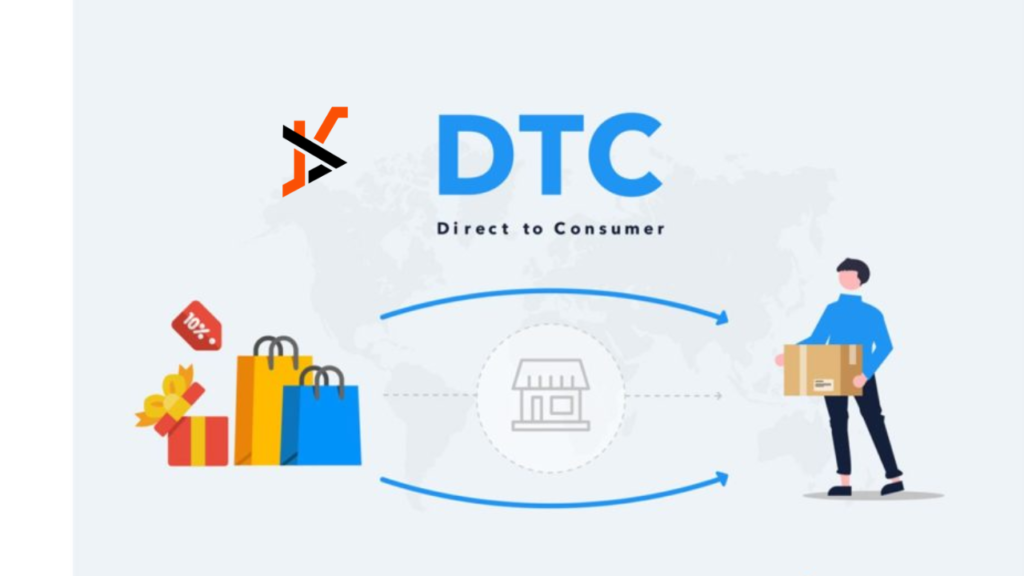Over the past years, direct-to-consumer (D2C) commerce has emerged as a significant type of commerce that treats businesses’ approach to their customers. The integration of AI into people’s lives using such advancements has taken root and is now widespread in different fields. It is now time to go deeper and understand why there was a boom in D2C commerce and what effect it had on the retail market.
What is D2C commerce?
It can be defined as a model of accomplishing sales where clients are provided with products directly from the company without passing through various middlemen like wholesalers or retailers. It proved convenient for brand-owning companies to have complete control over pricing, products, and the delivery of the final product to consumers.
Shift in Consumer Behavior
Consumer behavior was one of the leading factors that provoked the expansion of D2C commerce. Contemporary consumers’ expectations include convenience, customization, and interactions with brands. D2C channels allow firms to interact with the consumer base, grasp their consumer’s needs, and begin to deliver exactly what they need.
Enhanced Customer Experience
Since the clients of D2C brands do not interact directly with retailers, these brands focus greatly on providing good experiences during every interaction. They can sell products at cheaper prices, cutting shipping time for clients and attending to their customers efficiently. This direct contact leads to customer loyalty, which will ensure that the consumer returns to make a repeat purchase or refers other people to patronize the business.
Data-Driven Insights
An added benefit of D2C commerce is information gain and analytics as well as decision-making. Customers’ information can help brands understand their purchase behavior, favourable feelings, and tendencies. It enables them to make the right decisions concerning production, advertising, and customer relations matters.
Brand control and innovation
Keeping a check on brand image and product quality is very important for different organizations. D2C commerce gives brand owners control not only to display their characteristics but also to specify and advertise major aspects of their products to customers. This direct channel also fosters creativity, which enables the brands to try out different products, services, and promotional methods.
Cost efficiency and scalability
D2C commerce can be considered a low-cost model and a good way of reaching out to a large audience for many new brands and startups. By being efficient in operations and keeping overhead costs low while operating on digital platforms, this kind of company can tap into international markets without having large brick-and-mortar facilities. It also allows a quick response to market shifts as well as customers’ feedback.
The Integration of Omnichannel
D2C commerce can only be successful if it contains omnichannel integration as an imperative solution. Multichannel means using multiple channels like websites, applications, social media, physical stores, and customer care, all of which are interconnected but different. In this approach, customers are always engaged and satisfied, having easy and convenient access to the company’s products and services.
Conclusion
In summary, factors like shifting consumer behavior, better customer experiences, analytical approaches, brand management, and reduction of costs can be contributors to the growth of D2C businesses. With more and more brands implementing omnichannel integration, the D2C model will have the possibility of further adaptations that reap innovation, growth, and customer-oriented strategies in the constantly shifting retail world.

